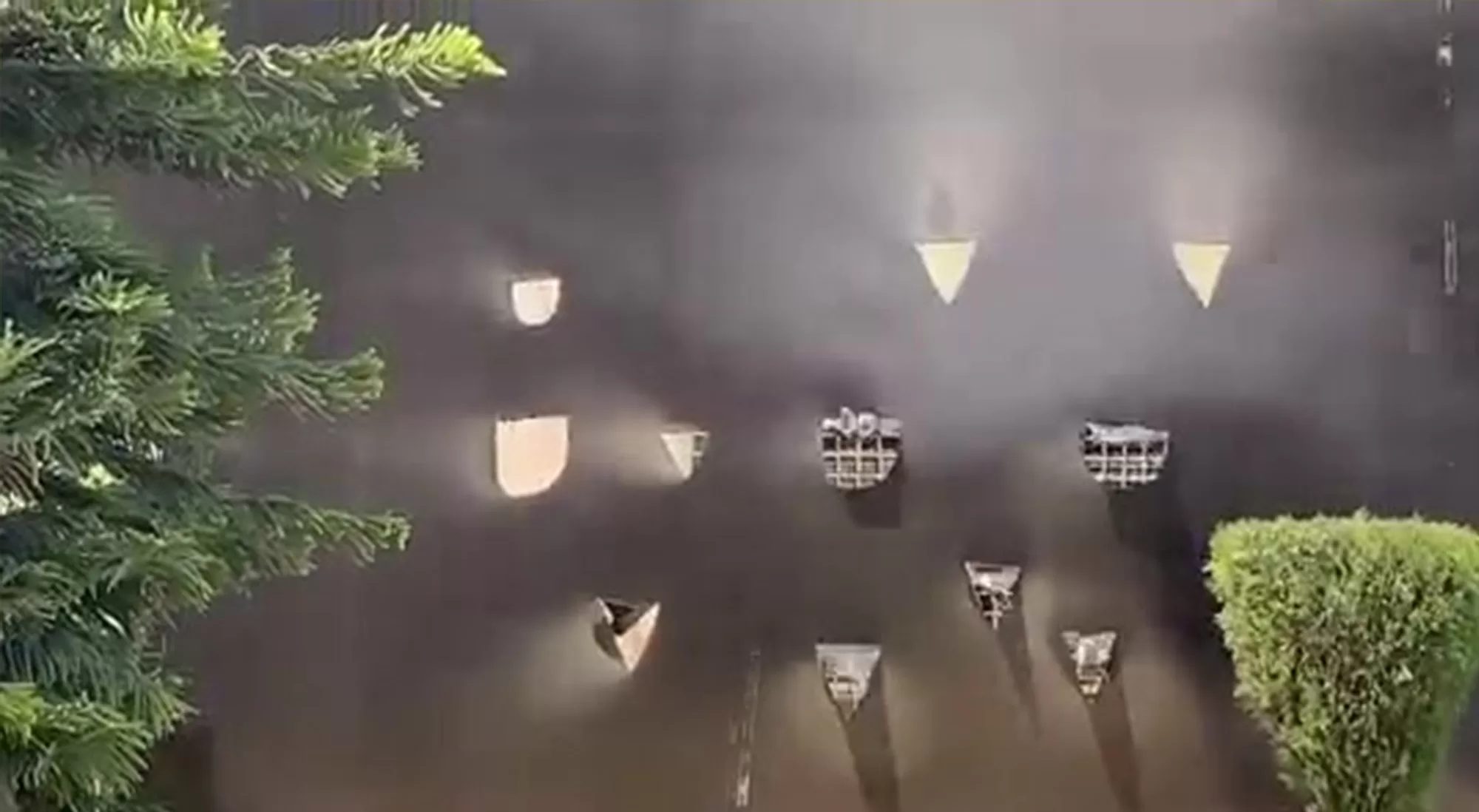Video art, an innovative form of artistic expression, has emerged as a captivating medium that challenges conventional boundaries and engages viewers in unprecedented ways. By blending visual and auditory elements, video art offers a unique opportunity to explore complex. themes, provoke emotions, and stimulate critical thinking. In this blog, we will delve into the world of video art, its origins, characteristics, and most importantly, its profound impact on viewers.
A Brief History of Video Art
The roots of video art can be traced back to the 1960s when technological advancements made portable video recording equipment accessible to artists. The democratization of this medium allowed creators to experiment and push the boundaries of traditional art forms. Many pioneering artists played significant roles in shaping the video art landscape, exploring themes such as identity, social issues, and the human condition. As an emerging contemporary artist in Delhi, Aarti Zaveri uses video art to highlight social issues through her informative and engaging short videos.
Characteristics of Video Art
Video art stands out due to its unique characteristics, setting it apart from other art forms. Firstly, it thrives on interactivity, breaking down the barrier between the artist and the viewer. The viewer becomes an active participant, shaping their individual experience as they navigate through the artist’s visual narrative. This interactivity fosters a deeper engagement, creating a personal connection with the artwork.
Secondly, video art has the power of immediacy. It can convey emotions and ideas instantaneously through moving images, evoking visceral responses from the audience. The dynamic fusion of visuals and sound makes the experience multi-sensory, amplifying the impact on the viewer’s psyche.
Impacts on Viewers
Video art is a powerful medium for conveying the message to viewers. It has the power to transform the thoughts and views of viewers. Let us see the impact of videos on viewers:
Emotional Provocation: Video art has the unique ability to evoke a wide range of emotions within viewers. Thought-provoking imagery and captivating narratives can lead to feelings of joy, sadness, anger, or empathy. By eliciting strong emotions, video art opens up avenues for introspection and self-discovery in viewers.
Altered Perspectives: Video art often challenges conventional thinking and prompts viewers to question societal norms, preconceptions, and belief systems. By presenting alternative perspectives, it encourages critical thinking and fosters a deeper understanding of complex issues.
Empathy and Connection: Many video art pieces explore themes of human experiences, personal struggles, and social injustices. By immersing viewers in the lives of others, video art fosters empathy, compassion, and a sense of interconnectedness among diverse individuals and communities.
Social Commentary: Video art serves as a powerful platform for social and political commentary. Artists can shed light on pressing issues such as climate change, discrimination, and inequality, sparking conversations and inspiring collective action.
Aesthetic Appreciation: Beyond its thematic impact, video art showcases the creative potential of visual and auditory art forms. Viewers can appreciate the technical skill, craftsmanship, and innovation that go into producing captivating video art installations.
Personal Reflection: The immersive nature of video art often leads viewers to reflect on their own experiences and memories. The exploration of one’s psyche in response to video art can be a transformative and therapeutic experience.
Video art has proven to be a profound and transformative medium, redefining the boundaries of artistic expression and challenging viewers in ways traditional art forms cannot. Through its interactivity and ability to provoke emotions, video art has the potential to deeply impact its viewers. From generating social awareness to encouraging critical thinking and personal introspection, Aarti Zaveri, a contemporary artist in India, is using video art as a catalyst for positive change in society. As technology continues to evolve, video art will be more impactful in the future.

